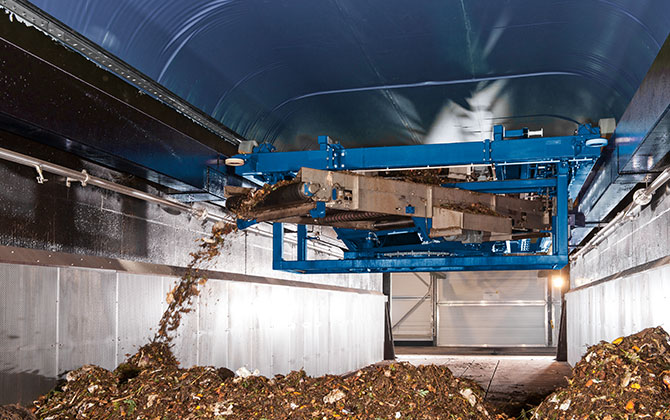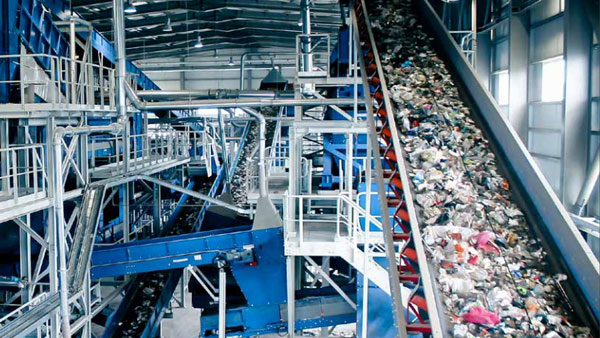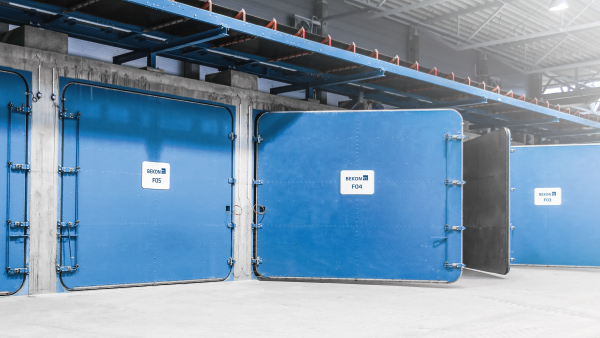BEKON
Generating Sustainable Energy Reliably
People produce waste – that will probably never change. We see this challenge as an opportunity to solve two problems at once. By producing biogas from the organic waste fraction, we offer an excellent alternative source of energy. We use either separately collected biowaste or the organic fraction contained in residual waste as raw material.
The advantages of our BEKON processes are:
- Waste always accumulates, which makes our processes reliable and constant. Consequently, energy production is not volatile, like solar or wind energy, for example.
- Biogas can be easily stored and is therefore used to cover peak loads
- As the volume of waste increases, our modular plants can easily be expanded with additional fermenters
- Free choice between conversion to electricity or upgrading to biomethane in natural gas quality or fuel (Compressed Natural Gas (CNG) or Liquefied Natural Gas (LNG))
- Power generation produces exhaust heat that can be used as local or district heating
- Regardless of the regional or seasonal ratio of biowaste and household waste, the batch process allows the batches to be processed in a way that is suitable for each other
- The energy is obtained from renewable, as organic waste – the processes are thus absolutely sustainable
- With organic waste as input, a high-quality compost is produced in a second process step
- Single-stage and highly automated work processes

Dr. Rolf Liebeneiner
Head of Sales
Biological Waste Treatment
Recycling Plants
Fon +49 5734 6690-0
r.liebeneiner(at)f-e.de
The BEKON Procedures
Our BEKON processes are based on biogas production through dry fermentation.

A) Dry Fermentation in Batch Operation
The batch operation is a single-stage process in . In specific terms, ""single-stage"" means that there is hardly any work for the plant operator. All degradation reactions (hydrolysis, acid and methane formation) take place in the fermenter. The material only has to be brought into the designated fermenter tunnel after arriving. This is usually done with a wheel loader or fully automated. All processes within the fermenter run automatically by default.
The term ""Batch operation"", on the other hand, refers to the fermentation of individual batches. The number of fermenter tunnels in a plant is determined according to the expected throughput per year. If the volume of waste increases later, new fermenters can simply be added. By staggering the filling of these tunnels, an extremely constant energy supply is guaranteed.
For a direct start of the fermentation process, the waste is heated through an aerobic start phase and then inoculated with process liquid (percolate). Further mixing or the addition of extra material is not necessary, as there is a closed circuit in the fermenter. The cell liquid that escapes during the process is collected by a drainage system and fed directly back into the percolate system. At the same time, wall and underfloor heating systems ensure constant temperature control so that perfect living conditions exist for the microorganisms involved in the process.
The procedure is insensitive to the impurities contained in the waste and does not require the addition of large amounts of water. Even waste with a high dry matter content can be utilised without extensive pre-treatment. One of the many advantages is the low energy requirement, which improves the overall balance. Wet fermentation, for example, requires continuous mixing and humidification of the material, which means that part of the energy generated is directly consumed again and large amounts of wastewater are produced. The fermentation residue of the Batch Operation is stackable and is thus well suited for subsequent composting without extensive dewatering.
B) Dry Fermentation in Plug-Flow Operation
With the plug-flow process, particularly large quantities of material can be treated in a single fermenter. Agitators ensure constant mixing and thus a continuous fermentation process. The biogas yield is particularly high.
Electricity – Heat – Gas
The biogas produced can be converted into electricity in a combined heat and power plant (CHP) and marketed directly. The process also generates exhaust heat. This is suitable for tempering the fermenters, while the remaining surplus can also be sold as local or district heat.
Alternatively, the biogas can be upgraded to biomethane. After appropriate processing, it can be fed into the supply system as a natural gas substitute or used as a fuel (CNG or LNG). Another advantage is that the energy can be stored in gas form.
Downloads
Transform Your Waste

BEKON Dry Fermentation

Contact
Get in touch with us today! We will be happy to support you in solving your waste problem!

Dr. Rolf Liebeneiner
Head of Sales
Biological Waste Treatment
Recycling Plants
Fon +49 5734 6690-0
r.liebeneiner(at)f-e.de